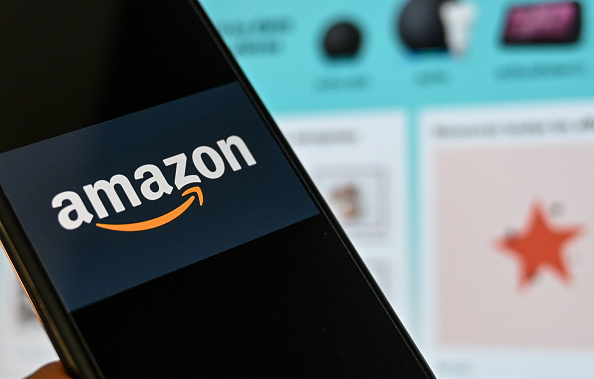SmallBusiness.co.uk has teamed up with law firm Speechly Bircham to explain why brands matter and how to protect your company’s identity.
A brand’s evolution is a journey from its inception through to its protection and on to the challenges that it will face from plagiarists. Understanding a brand – its role, value and constituent parts, is key to building a strong identity which drives consumer decisions and perceptions.
For a brand to be fully understood, it needs to be separated into three core elements:
- First and foremost, a brand allows start-ups and SMEs to differentiate themselves from the noise created by marketing messages.
- Second, a brand is an asset if it is underpinned by well-managed Intellectual Property Rights (IPRs). There is no unifying law that protects a brand. Rather, there are a collection of registered and unregistered rights available to brand owners.
- Once the essential elements of a brand have been crystallised, the brand will face challenges presented by plagiarists intent on emulating those chosen elements in their copy-cat goods.
In order to maximise the commercial potential of branded goods and services, brand owners, particularly those of emerging brands, need access to IPR know-how and education.
Step One: What is a brand?
A brand is an intangible, reputational asset comprising a set of values, a badge of origin or an association with a particular idea, concept or aspiration that connects with consumers and drives loyalty and the desire to purchase. The brand lives in the mind of the consumer.
Whilst intangible, brands are perceived as being embodied in logos, marketing messages and product design, but a brand comprises much more. A brand is the essence of a business which emanates from the business’ reputation, the character of its leaders, its social responsibilities and its business practices.
The colour of a shop, product designs, handwriting, logos and the manner in which employees maintain relations with customers are some of the many facets of a brand. The key consideration is the emotional response one intends to evoke in customers. This should, in turn, inform business decisions to ensure a consistent message.
Brands can become one of the most valuable assets of a business. A stable brand provides an ability to charge a premium, to make a profit and return higher margins, and to launch new lines of business.
Breaking into a chosen marketplace inevitably involves differentiating oneself from competing products or services. Brands appeal to the consumer’s senses and allow emotional responses to dominate rational decisions, thereby influencing consumer behaviour.
Step Two: The inception and protection of a brand
There is no single legal right that protects a brand. Rather, brands are underpinned by a collection of IPRs which can legally protect the innovation at the core of a SME’s business, including patents, goodwill, designs and trademarks. Protection regimes vary significantly by country, in particular unfair competition, design and patent law.
These complexities could be reduced by bringing IPR registration under one roof, possibly at Companies House. All too frequently, entrepreneurs speak of their regret at not having taken steps to protect their brand earlier in the lifetime of their business. A one-stop shop would facilitate the registration process.
Step Three: Challenges faced by a brand
SMEs and emerging brands are today facing very different challenges when compared to their predecessors. Consumer generated media is now the fastest moving form of marketing and consumers can define brands. The messages conveyed by products and services are now driven by social networking and consumer-to-consumer communication, which means that delivery on one’s brand promise is proportionately more important than advertising.
The inconsistent legal environments in Europe present a challenge to UK brands. Germany’s unfair competition regulations provide a wider range of remedies for copy-cat products than those available in the UK. This inequality within Europe should be addressed to secure the protection of UK brands.
The government is in prime position to lead a policy of educational initiatives to develop insight and knowledge of brands which will provide a crucial basis for the development of the next generation of successful brands. The government plays a pivotal role in creating a legislative environment in which brands can develop real value. Brands are themselves assets which can be developed and sold, providing the environment to develop these modern assets is a key driver for the next generation of wealth building.





